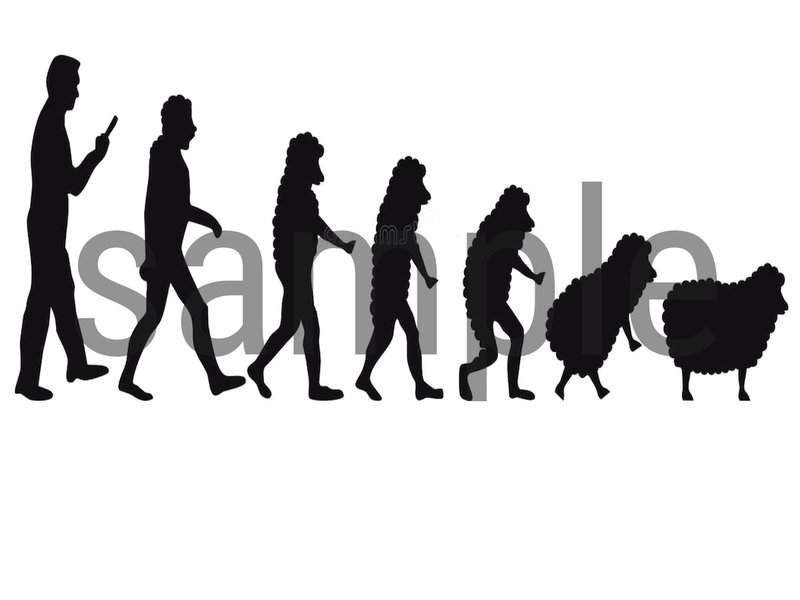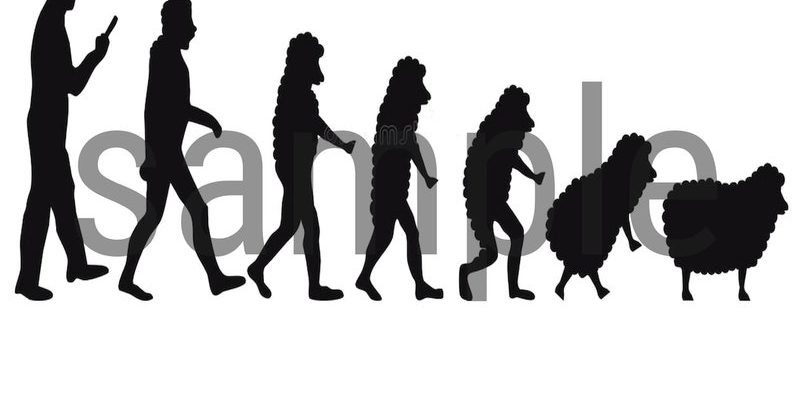
Let’s dive into the fascinating evolutionary history of the sheep. This story is not just about animals; it’s about how humans and sheep have shaped each other over time. Understanding this relationship can shed light on agriculture, culture, and even our very survival. So, whether you’re a sheep enthusiast or just curious, stick around. You might learn something new!
The Origins of Sheep: The Wild Ancestors
Sheep, like many domesticated animals, have wild ancestors. The primary ancestor of modern sheep is the muflon (Ovis orientalis), a wild sheep species that roamed the hilly terrains of Europe, Asia, and the Near East. These animals were equipped with thick wool, a strong sense of survival, and a herd mentality.
In the early days, humans began to notice these resilient creatures. They were hunted for their meat, but clever early farmers realized they could also be useful in other ways. By domesticating the muflon around 10,000 to 11,000 years ago in the Fertile Crescent, humans started a transformative journey that would reshape agriculture. You might be wondering, “Why sheep?” Besides meat, they offered wool, milk, and even hides. It was a win-win situation!
The Domestication Process: A Step Towards Partnership
Domestication isn’t a simple process; it’s more like a dance between humans and sheep. Initially, people would have started taming the wild muflon, selecting the tamest individuals for breeding. Over generations, these gentle creatures began to lose their flighty tendencies, becoming more docile and easier to manage.
Here’s the thing: selecting for specific traits led to the wide variety of sheep breeds we see today. Early farmers focused on characteristics like wool quality, size, and temperament. Some sheep became prized for their *fine wool*, while others were bred for *meat production*. This varied focus not only changed the sheep but also impacted local cultures, economies, and diets.
Spread of Sheep Throughout the World
As agriculture spread, so did sheep. They traveled with traders and explorers, adapting to diverse climates and landscapes. From the rolling hills of the UK to the rugged mountains of Mongolia, sheep became an integral part of many societies.
In some cultures, sheep were not just livestock but symbols of wealth and status. In ancient times, owning large flocks could mean security and prosperity. Take the ancient Greeks, for instance. They revered sheep and even connected them to their gods. This cultural significance gave sheep a special place in human history, influencing art, mythology, and economies.
The Role of Sheep in Agriculture and Economy
Sheep farming has always been about more than just raising animals. It has deep roots in agricultural practices and economic structures worldwide. Their ability to graze on various types of terrain makes them an efficient form of livestock.
Farmers utilize sheep for multiple resources:
- Wool: Soft and versatile, it has been used in textiles for thousands of years.
- Meat: Lamb and mutton are staples in many diets around the globe.
- Milk: Sheep’s milk is richer than cow’s milk, perfect for cheese-making.
These resources have supported economies and livelihoods, illustrating the important role sheep play in our agricultural systems. Honestly, it’s hard to overstate their influence on food security and trade throughout history.
Breeding and Diversity: The Many Breeds of Sheep
Over the centuries, selective breeding has given rise to hundreds of sheep breeds, each adapted to specific environments and purposes. For instance, the Merino is famous for its fine wool, while the Suffolk is valued for its meat. This diversity reflects both human needs and the adaptability of sheep.
Breeding practices vary widely. In some regions, flocks are kept for dual purposes—wool and meat—while other farmers might focus solely on one. Differences in climates and cultures also shape the characteristics of these breeds. For example, in colder climates, sheep might develop thicker coats, while in warmer areas, they may have shorter fleece. This adaptability is a testament to the ongoing relationship between nature and nurture.
Modern Challenges: Animal Welfare and Sustainability
Today, the sheep industry faces several challenges, including animal welfare concerns and sustainability issues. As farming practices change, there are growing calls for better treatment of livestock and ethical farming methods. Many consumers are more aware of where their food comes from and how animals are treated.
You might be surprised to learn that so much innovation is happening in sheep farming! Techniques like rotational grazing can improve land use and reduce environmental impact. Plus, new breeding methods focus on enhancing disease resistance and wool quality without compromising the health of the animals.
Sustainability is becoming a buzzword in agriculture, and sheep farming is no exception. Farmers are exploring how to balance productivity with care for the environment, ensuring that future generations can enjoy the benefits of these incredible animals.
The Future of Sheep: Evolution Continues
As we look ahead, the evolutionary history of the sheep isn’t finished. In fact, it’s still unfolding! With advances in technology and changing consumer preferences, sheep farming will likely keep evolving. Genetic research can help create breeds better suited for our climate and resilient against disease.
Moreover, the growing interest in organic and sustainable farming means that the role of sheep may continue to change. They can contribute positively to ecosystems and help regenerate land through careful grazing practices.
Think about it: sheep are more than just livestock; they’re part of a larger picture of our planet’s health. As we continue to learn from and adapt alongside these remarkable animals, their story is bound to become even more intertwined with our own.
In conclusion, the evolutionary history of the sheep is a rich tapestry woven through time, culture, and innovation. From their wild ancestors to our modern farms, these animals have shaped our lives in countless ways. By understanding their past, we can better appreciate their future and the vital role they play in our world. So next time you see a sheep, remember—their journey is as fascinating as our own!

